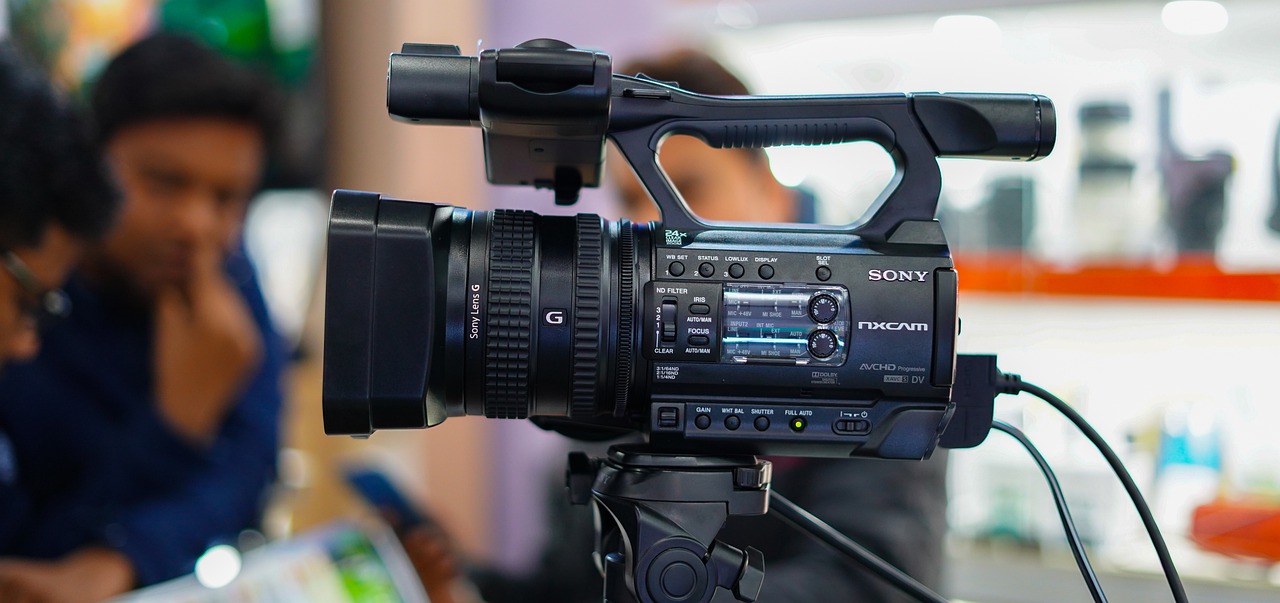Your Guide to Digital Broadcasting
Digital broadcasting is the process of transmitting audio and video signals in digital format. This type of broadcasting has many advantages over traditional analog broadcasting, such as improved picture quality and sound fidelity. You’ll even find any 스포츠중계 with much better quality. But if you’re wondering why it matters, read on. Here we’ll run on the pros and cons of digital broadcasting and discuss how it works. We will also provide a guide for those who are looking to make the switch to digital broadcasting.
How Digital Broadcasting Works
 With the latest technology, TV broadcasting is more than you’ve ever thought before. Digital broadcasting is made possible by digital compression, which encodes audio and video signals into a smaller digital file. It allows for more efficient transmission of the signal, as well as higher quality sound and image. To decode the signal, a set-top box or another type of receiver is required.
With the latest technology, TV broadcasting is more than you’ve ever thought before. Digital broadcasting is made possible by digital compression, which encodes audio and video signals into a smaller digital file. It allows for more efficient transmission of the signal, as well as higher quality sound and image. To decode the signal, a set-top box or another type of receiver is required.
There are two main types of digital broadcasting: terrestrial and satellite. Terrestrial digital broadcasting is transmitted through the airwaves, like traditional analog television. The main difference is that the signal is encoded into a digital format before it’s broadcasted. To receive a terrestrial digital broadcast, you need a set-top box that can decode the signal. Most newer televisions have this capability built-in. Satellite digital broadcasting is transmitted through satellites orbiting the earth. To receive a digital satellite broadcast, you need a dish that can receive the signal from the satellite and a set-top box to decode it. Satellite TV providers usually offer this capability built-in.
Pros of Digital Broadcasting
Digital broadcasting has many advantages over traditional analog broadcasting. The most notable is the improved picture quality and sound fidelity. You’ll also find a broader range of channels with digital broadcasting. And because the signal is compressed, it takes up less space than an analog signal. This means more channels can fit into the same amount of bandwidth. Another advantage of digital broadcasting is that it’s more resistant to interference. This is because the signal is encoded before it’s transmitted. So if there’s any interference, the receiver can still decode the signal. It is in contrast to analog signals, which are susceptible to interference and can often become distorted.
Cons of Digital Broadcasting
The main disadvantage of digital broadcasting is the cost. The equipment required to transmit and receive a digital signal is more expensive than the equipment needed for analog. And because the signal is compressed, it takes up less space than an analog signal. It means that more channels can fit into the same amount of bandwidth. Another disadvantage of digital broadcasting is that it’s more resistant to interference. This is because the signal is encoded before it’s transmitted. So if there’s any interference, the receiver can still decode the signal. It is in contrast to analog signals, which are susceptible to interference and can often become distorted.
Digital broadcasting has many advantages that make it a superior technology to analog. But whether or not to switch is ultimately up to you. If you’re looking for improved picture quality and sound fidelity, then digital broadcasting is the way to go. But if you’re concerned about the cost, you may want to stick with analog. Whichever you decide, we hope this guide has been helpful.
…

